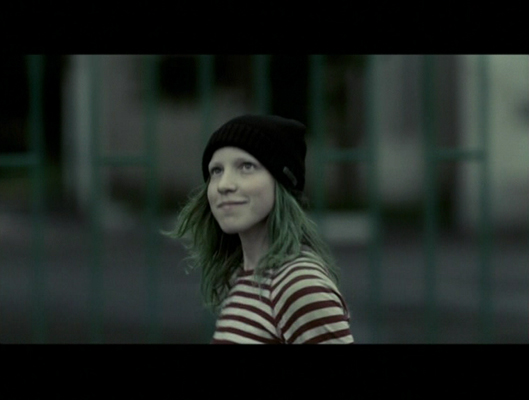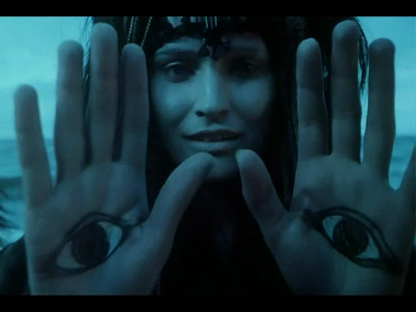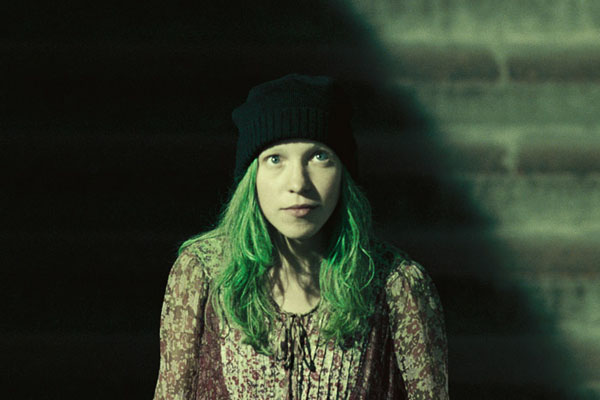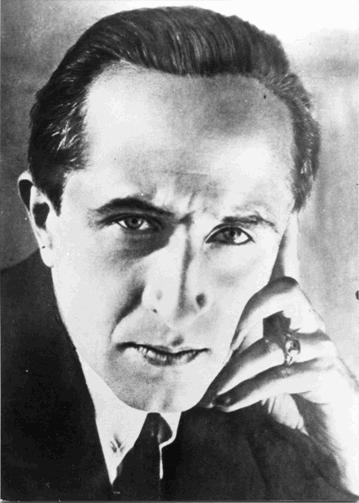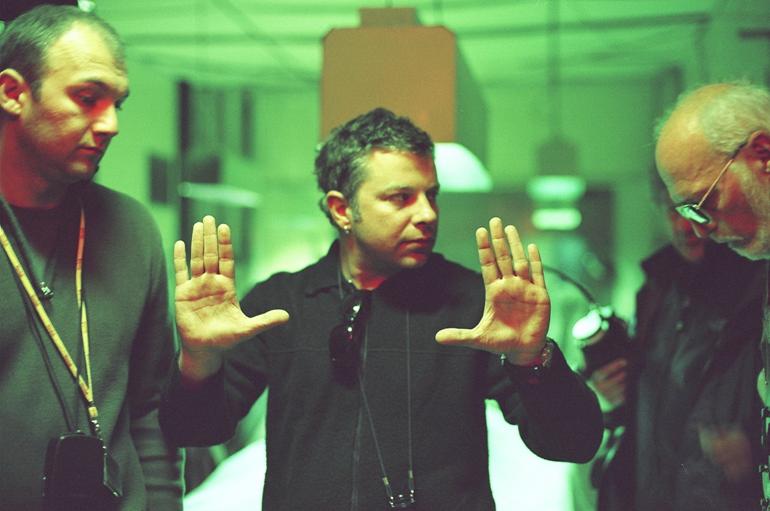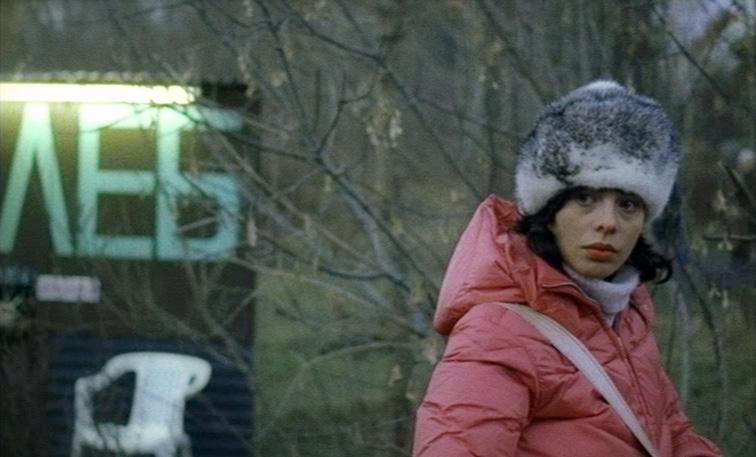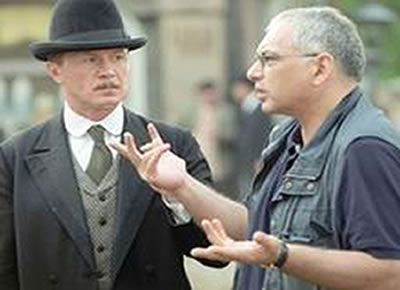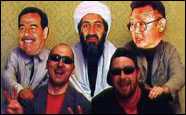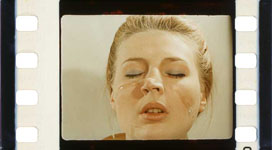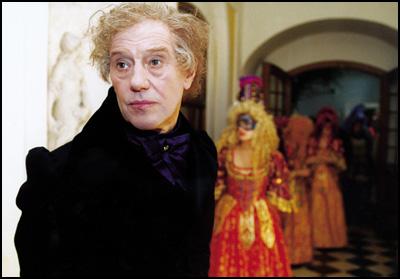The Splendor and Misery of the Little Mermaid: Roundtable On Anna Melikyan’s “Rusalka” (Introduction)
Mermaid (Rusalka). Directed by Anna Melikyan. Central Partnership, 2007. 115 min/100 min (theatrical version in Russia), 35 MM.
As a result of a workshop held in Berlin in November 2008 we invited five critics and scholars to discuss Anna Melikyan’s film The Mermaid (Rusalka, 2007). The workshop was tied to an international research project at the Free University in Berlin. One of the underlying objectives of this project – entitled “Die nicht mehr neuen Menschen” or “The New Man No More” – was to historicize different concepts of the individual as they emerged in Russian film and … Read more

